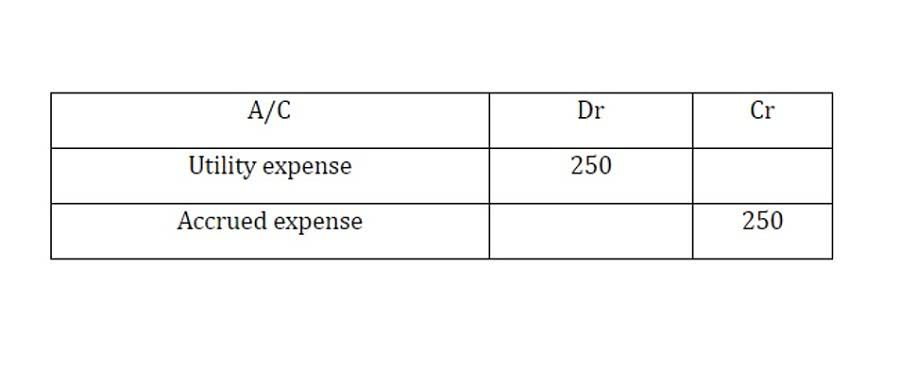How To Calculate Incremental Cost With Examples

The attempt to calculate and accurately predict such costs assist a company in making future investment decisions that can increase revenue and reduce costs. The calculation of incremental cost shows a change in costs as production expands. For example, the production cost of a standard 100 units for a business is known but by adding a further 10 units, there is a need to calculate the incremental cost to show the change in the total cost of the additional units. Analyzing production volumes and the incremental costs can help companies achieve economies of scale to optimize production. Economies of scale occurs when increasing production leads to lower costs since the costs are spread out over a larger number of goods being produced.
Replacement Cost Versus Actual Cash Value Home Insurance – Financial Samurai
Replacement Cost Versus Actual Cash Value Home Insurance.
Posted: Mon, 18 Sep 2023 07:00:00 GMT [source]
While incremental cost is the price you pay for the higher production costs incurred when you decide to produce an additional unit of a product, incremental revenue is the additional money earned from selling that additional unit. The calculation of incremental cost needs to be automated at every level of production to make decision-making more efficient. There is a need to prepare a spreadsheet that tracks costs and production output. The reason there’s a lower incremental cost per unit is due to certain costs, such as fixed costs remaining constant. Although a portion of fixed costs can increase as production increases, usually, the cost per unit declines since the company isn’t buying additional equipment or fixed costs to produce the added volume. Incremental costs are relevant in making short-term decisions or choosing between two alternatives, such as whether to accept a special order.
DEFINING INCREMENTAL COST-EFFECTIVENESS RATIO
However, the opportunity cost of this decision should be recognized (i.e., the health benefits foregone in other patients to whom the same level of resources could have been directed). In this form of analysis the ICER https://www.bookstime.com/ is expressed as the ratio of the incremental costs to the incremental utility gain. The most common expression of this form of ICER is as cost (£) per incremental gain in the quality adjusted life years (£ per QALY).
- CE ratios are often reported as “incremental cost effectiveness ratios” (“iCERs” or “ICERs”), with the “i” emphasizing the notion that CE is not an inherent property of any one medical technology.
- While most observers agree that this trend is unsustainable long term, and is already producing political and economic problems, enacting measures to reduce the growth in health care spending has proved difficult (1).
- Each must be estimated over a time horizon that is sufficient to capture all downstream cost and health consequences.
- Where treatment effect modification is detected, the fact that CE varies for different types of patient may have important consequences for decision making.
- When the two are compared, it is evident that the incremental revenue exceeds the incremental cost.
We believe that the widespread availability of validated, multilingual instruments for assessment of population utilities is an important recent advance that should lead to increasing consistency and validity in health economic studies. To improve decision-making efficiency, incremental cost calculation should be automated at all levels of production. Long-run incremental cost (LRIC) is a forward-looking cost concept that predicts likely changes in relevant costs in the long run. It includes relevant and significant costs that exert a material impact on production cost and product pricing in the long run.
Incremental Cost vs. Incremental Revenue
Gain unlimited access to more than 250 productivity Templates, CFI’s full course catalog and accredited Certification Programs, hundreds of resources, expert reviews and support, the chance to work with real-world finance and research tools, and more. Access and download collection of free Templates to help power your productivity and performance. Over 1.8 million professionals use CFI to learn accounting, financial analysis, modeling and more.
Despite these limitations we believe CE analysis will continue to grow in importance. One of the most important considerations in interpreting CE research is the analytic perspective of the study. Most health systems are structured such that multiple parties are involved in the delivery, payment, and receipt of care. Each stakeholder (or group of stakeholders), following their own incentives (e.g., to maximize health, maximize revenue, or minimize expenditure), may, thus, have very different views on what represents optimal policy for a particular intervention. To calculate quality-adjusted life expectancy, the time spent in a particular health state (typically measured in years) is multiplied by the utility weight (possible range of 0 to 1) for that health state, and these products are then summed over time. Quality-adjusted life expectancy is thus represented by the area under the hypothetical “curve” in this figure.
Incremental Cash Flow: Definition, Formula, and Examples
When making short-term decisions or selecting between two possibilities, such as whether to accept a special order, incremental costs are important. If a lower price is set for special order, it is vital that the income generated by the special order at least covers the incremental costs. Incremental cash flow is the what is an incremental cost additional operating cash flow that an organization receives from taking on a new project. A positive incremental cash flow means that the company’s cash flow will increase with the acceptance of the project. A positive incremental cash flow is a good indication that an organization should invest in a project.

CE ratios are often reported as “incremental cost effectiveness ratios” (“iCERs” or “ICERs”), with the “i” emphasizing the notion that CE is not an inherent property of any one medical technology. Rather, CE can only be estimated by the direct comparison of one clinical strategy with another. An important tenet in the calculation of “iCERs,” dictated by the economic theory underlying health economics research, is that each relevant strategy should be compared with the next best alternative, based on the economic concept of “opportunity costs” (11). Marginal cost is the change in total cost as a result of producing one additional unit of output. It is usually calculated when the company produces enough output to cover fixed costs, and production is past the breakeven point where all costs going forward are variable.


